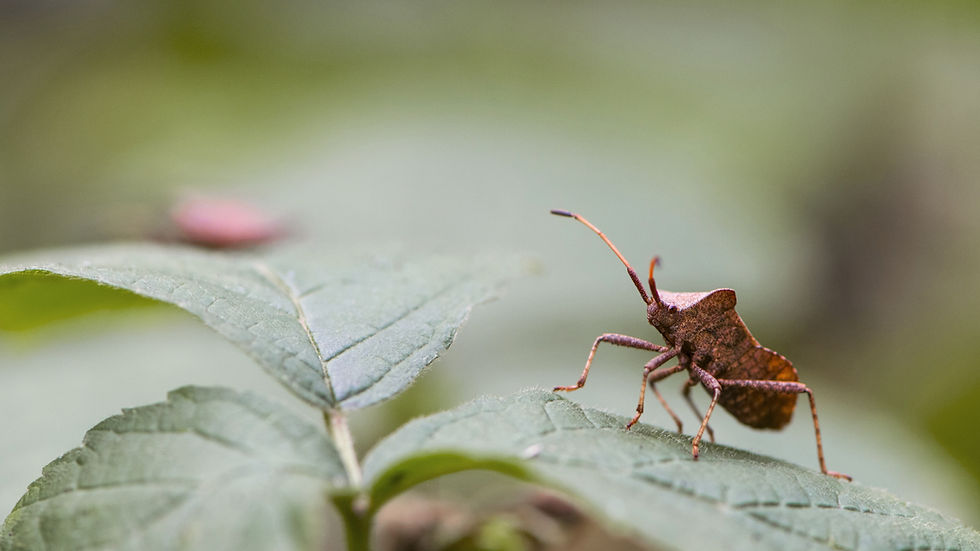5 Weird and Wonderful Facts About Insects
- Sarah at ZooLab
- Jul 7, 2025
- 2 min read
Updated: Jul 30, 2025

Insects have existed for around 480 million years and make up approximately 90% of creatures on Earth - there are 24,000 different species in the UK alone. These little creatures are a big deal! Here are five fascinating facts about insects. If you enjoy these, find out more about insects and other minibeasts in our workshops.

Their numbers are vast
There are over 1 million discovered insect species, but the Royal Entomological Society estimates that there could be 10 million more yet to be discovered.
We are often asked, ‘Are insects animals? ’ Yes, insects are animals! They share the kingdom Animalia with all animals, including you and me! Insects are invertebrates with three main body parts (head, thorax, and abdomen) and have six legs.

Their eyes are amazing!
Insects have compound eyes, made up of thousands of tiny lenses. These give them a wide field of vision and allow them to react quickly to movement. Many also have simple eyes, called ocelli, on top of their heads, which help them sense light and dark.
While insect vision isn’t as detailed as humans', some species have specialised eyesight. For example, bees can see ultraviolet light, which helps them find flowers.

Insects come in all shapes and sizes
The largest known insect in the world is Phryganistria chinensis - a stick insect found in Guangxi, China - which measures up to 64 cm. The heaviest is New Zealand’s Giant wētā, weighing 71g - heavier than a tennis ball. At the other end of the measuring tape is the fairy wasp, whose smallest male measured just 0.13 mm. With new species discovered all the time, the title for the largest or smallest might change again soon!

They existed before dinosaurs
Insects first appeared around 480 million years ago, during the Ordovician period. Dinosaurs didn’t appear until about 230 million years ago, in the Triassic period. By the time dinosaurs roamed the Earth, insects had already evolved to fly!
Fun fact - Cockroaches first appeared around 300 million years ago, and they were one of the first land-dwelling insects

They are important
Insects play a vital role in our ecosystem. They are a food source for other animals, recycle nutrients back into the environment and pollinate plants. 75% of the world's food crops rely on pollination. Worryingly, insect numbers are falling - in the UK, we have lost 60% of winged insects in 20 years. Find out what you can do to help.
Are you learning about insects in the classroom? Ask about our Minibeasts workshop!




Comments